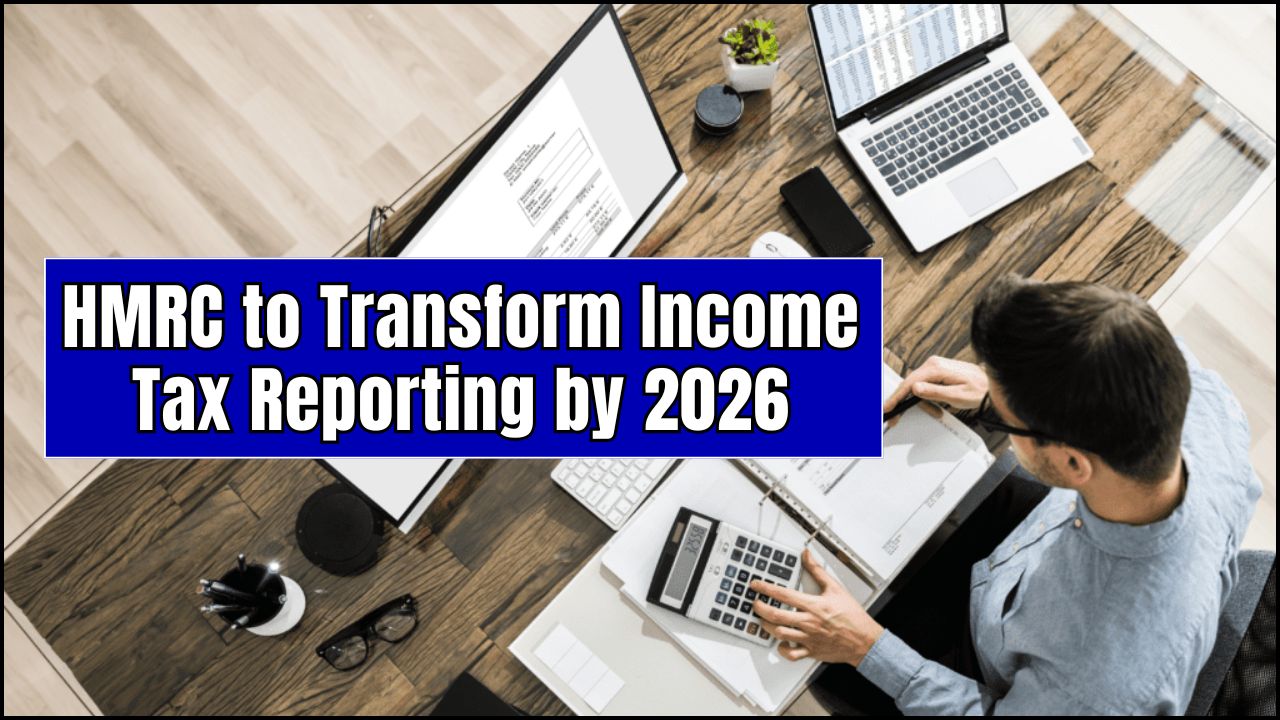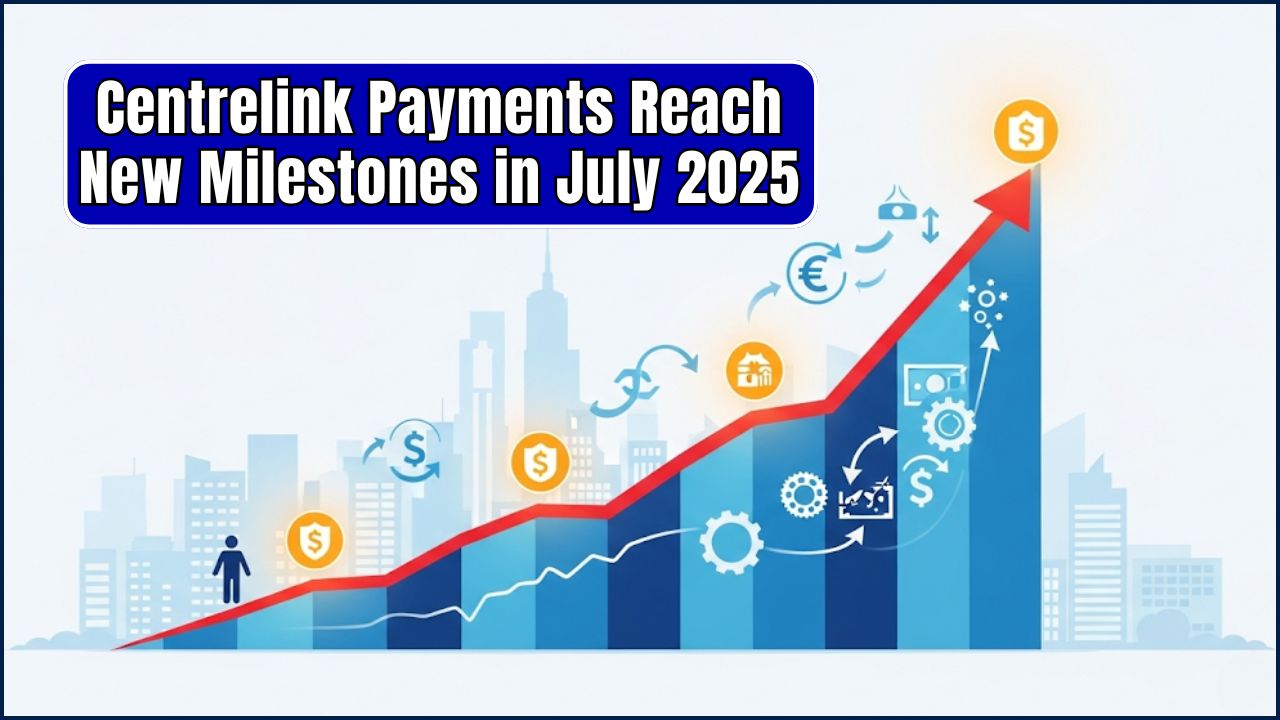The UK government’s introduction of the £725 Universal Credit Boost has certainly made waves in the welfare system. This reform, which aims to significantly increase financial support for low-income households and individuals on benefits, is being heralded as the largest permanent boost to welfare since 1980. The goal is clear: put employment at the heart of welfare and help individuals stand on their own two feet, financially and professionally.

For many, this boost could mean the difference between struggling and thriving, especially in an age where living costs are steadily rising. But there’s a lot more to this reform than just a monetary boost—it comes with a host of changes meant to incentivize work, provide more job support, and offer protections to vulnerable groups. Whether you’re a recipient of Universal Credit (UC) or a professional interested in understanding the wider implications of this reform, this article will break down everything you need to know.
£725 Universal Credit Boost
| Key Aspect | Details |
|---|---|
| Boost Amount | £725 annual increase in UC payments by 2029/30 |
| Target Audience | Over 4 million households |
| Employment Support Investment | £3.8 billion investment in job training, health services, and more |
| Exemption for Disabled and Terminally Ill | No reassessments for severe conditions and terminal illness patients |
| Legal Protections for Disabled Workers | ‘Right to Try Guarantee’ for disabled individuals |
| Implementation Timeline | Phased increase through to 2029/30 |
| Additional Information | Official Government Website |
The £725 Universal Credit Boost is a major step forward for UK welfare reform. It represents a significant investment in both financial support and employment opportunities for those who need it most. While it may take time for the full benefits to unfold, the increase is a much-needed change that aims to reduce poverty, support vulnerable groups, and help people re-enter the workforce. However, it’s important to continue monitoring the impact of this reform to ensure it meets its goals without leaving anyone behind.
Introduction to the Reform
In recent years, the Universal Credit system has been at the center of political debates in the UK. Initially introduced in 2013 to streamline the welfare system, Universal Credit combines six different benefits into one system for those who are unemployed or on a low income. While it was designed to make it easier for individuals to get support, it hasn’t always lived up to expectations. Many felt that it didn’t do enough to support those in need, and there were concerns about people facing financial hardship while waiting for their claims to be processed.

Enter the £725 Universal Credit Boost, a policy reform that promises to bring real change. The UK government has recognized that while welfare is crucial for providing a safety net, encouraging employment is just as important. By tying these increases to employment support programs, the government hopes to lift people out of poverty and help them become financially independent.
This reform is not just about giving people more money; it’s about helping them find long-term employment, improve their quality of life, and protect vulnerable groups, such as people with disabilities and those suffering from terminal illnesses.
Breaking Down the £725 Universal Credit Boost
Let’s dive into how the Universal Credit boost works. We’ll look at the changes in practical terms and break down who benefits from them and how the reform will roll out.
Step 1: The Increase
The £725 boost is not a one-time payment but a permanent increase to Universal Credit payments. It will be phased in over several years, with the goal of reaching a full £725 per year by the 2029/30 fiscal year. This means people who qualify for UC will see their monthly payments increase gradually as the years go by, with the full amount being realized over time.
For instance, a single claimant aged 25 or over could see an immediate increase in their payments, but the final amount will come gradually, ensuring that those on Universal Credit have time to adjust to the changes.
Step 2: Who Benefits?
The Universal Credit boost primarily targets single adults aged 25 and over, who have been struggling financially and might find it difficult to support themselves. This increase will directly benefit millions of people who are either unemployed or working at low wages. Approximately 4 million households are set to benefit, making this one of the largest welfare increases in recent memory.
Step 3: Additional Employment Support
A critical part of this reform is the £3.8 billion investment in employment support. This isn’t just about giving people money; it’s about giving them the tools to become financially independent. The government is making significant investments in job training programs, health services, and mental health support to ensure that individuals can re-enter the workforce and thrive in their careers.
There will be tailored job training and reskilling programs specifically designed for people who are struggling to find work or improve their job prospects. Additionally, the government will provide support for disabled individuals, offering specialized training and assistance to help them return to work when they are ready.
Step 4: Protecting Vulnerable Individuals
One of the most positive aspects of this reform is the protection it offers to those who are disabled or have severe health conditions. Through the ‘Right to Try Guarantee’, individuals with disabilities can attempt to return to work without the fear of having their benefits reassessed if their employment attempt is unsuccessful.
Moreover, individuals with terminal illnesses or lifelong conditions will be exempt from reassessments and will continue to receive the same level of support without the need for constant paperwork.
The Benefits of the Reform
The Universal Credit Boost isn’t just about more money—it’s about empowering people to improve their lives. Here’s a breakdown of the key benefits of this reform:
1. Financial Relief
For many claimants, especially those facing financial hardship, the increase in UC payments will provide immediate relief. Whether it’s paying for rent, bills, or groceries, the extra £725 per year will help make life a little easier. This increase could allow individuals to:
- Cover essential costs, like rent, food, and utilities
- Invest in education or job training to increase future earnings
2. Increased Employment Opportunities
The £3.8 billion investment isn’t just about giving more money to claimants—it’s about providing opportunities for people to find long-term employment. Through job training, mental health services, and healthcare support, the government hopes to help individuals gain skills that can help them secure stable, well-paying jobs. This means more chances for long-term employment, career advancement, and financial stability.
3. Improved Health and Well-being
The reform’s focus on improving the health and well-being of UC claimants is essential. It’s not just about money; it’s also about providing mental health services, physical health support, and tailored assistance for individuals with disabilities. People will be able to access resources that will enable them to feel better physically and mentally, improving their overall quality of life.
4. Protection for Disabled and Terminally Ill People
This reform introduces significant protections for vulnerable groups. For example, individuals with severe health conditions or terminal illness will not be subject to reassessments, which means they will not have to constantly prove their eligibility for benefits. This is a crucial step in ensuring that people who are already facing immense challenges are not penalized further.
The Potential Downsides: Concerns and Criticisms
While the reform has received praise for addressing critical issues within the welfare system, it has not been without its criticisms.
1. Impact on Disabled Individuals with Fluctuating Conditions
Some charities for disabled individuals have voiced concerns that people with fluctuating conditions, like those with Multiple Sclerosis or Rheumatoid Arthritis, may not be adequately supported under the new rules. If their conditions fluctuate, they may not qualify for certain exemptions, potentially leaving them without adequate financial support.
2. Health-Related Benefits Reduction
The reform also includes a reduction in health-related benefits starting in 2026. This will affect new UC claimants who require additional support due to health conditions, particularly those with mental health issues or chronic illnesses. The weekly health-related top-up will be reduced to £50 per week, which could leave some claimants struggling.
3. Gradual Rollout of the Increase
The phased increase of the £725 boost over several years means that many individuals won’t see the full benefit immediately. For those struggling to make ends meet, this gradual increase may feel slow, especially when the cost of living continues to rise.
FAQs
What is Universal Credit?
Universal Credit is a UK government welfare benefit designed to support those who are unemployed or working on low incomes. It combines six existing benefits into one monthly payment.
Who qualifies for the £725 increase?
The £725 increase primarily benefits single adults aged 25 and over who are receiving Universal Credit. The increase is also available to those in families, though the amount may vary.
How will the Universal Credit Boost be rolled out?
The £725 increase will be phased in over several years, with the full amount expected to be in place by 2029/30.
What is the ‘Right to Try Guarantee’?
The Right to Try Guarantee gives individuals with disabilities the opportunity to try returning to work without the risk of losing benefits if the attempt is unsuccessful.
What does the £3.8 billion employment investment mean for me?
The government’s £3.8 billion investment in employment support will fund training programs, health services, and mental health support aimed at helping people find stable, well-paying jobs.












